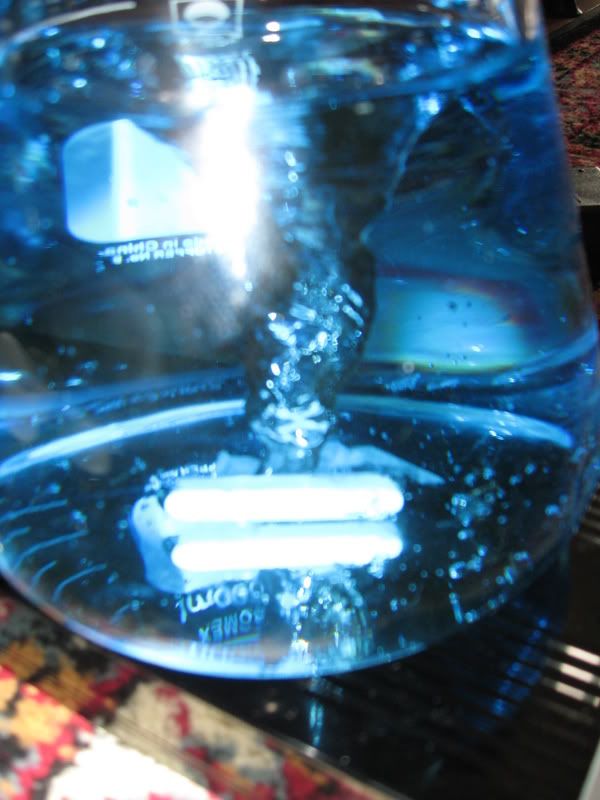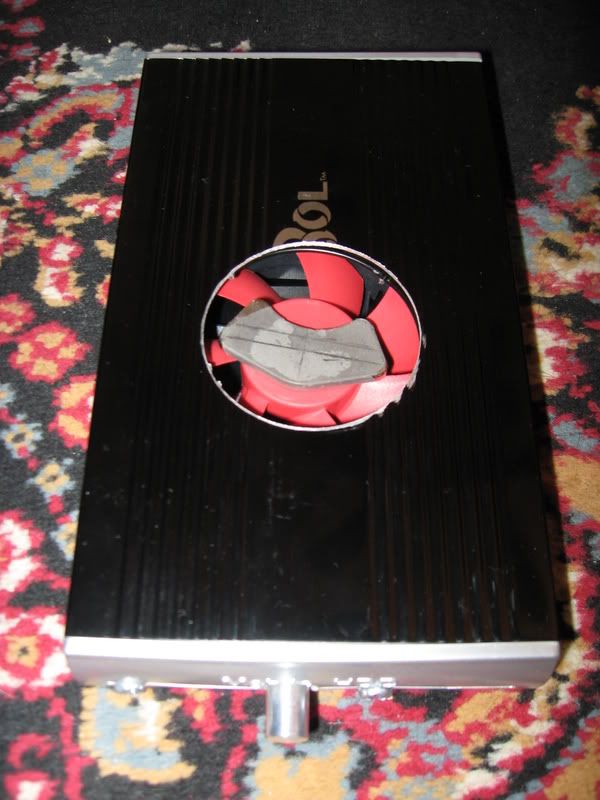Alemental
Well-Known Member
I am currently playing around with a homemade stirplate. I've been trying different spacings of 3/8" rare earth magnets using double sided tape on a fan. The problem is that the stir bar gets thrown too easily. I can get a vortex that extends down to 1/2" to 3/4" and be fairly stable, but if I increase the RPMs any faster, it gets thrown. The problem is much worse in my 2 liter Erlenmeyer flask than it is in the 1 liter one.
How much of a vortex is really necessary? Spinning the wort will certainly keep the yeast in suspension, but it doesn't seem like it would aerate as well. I've seen plenty of pics posted that show the vortex extending nearly to the bottom, but that seems a bit much.
How much of a vortex is really necessary? Spinning the wort will certainly keep the yeast in suspension, but it doesn't seem like it would aerate as well. I've seen plenty of pics posted that show the vortex extending nearly to the bottom, but that seems a bit much.





















![Craft A Brew - Safale S-04 Dry Yeast - Fermentis - English Ale Dry Yeast - For English and American Ales and Hard Apple Ciders - Ingredients for Home Brewing - Beer Making Supplies - [1 Pack]](https://m.media-amazon.com/images/I/41fVGNh6JfL._SL500_.jpg)







































